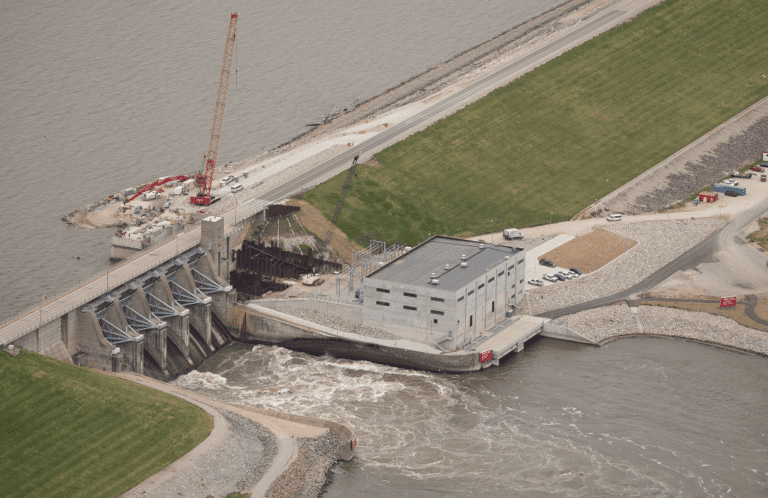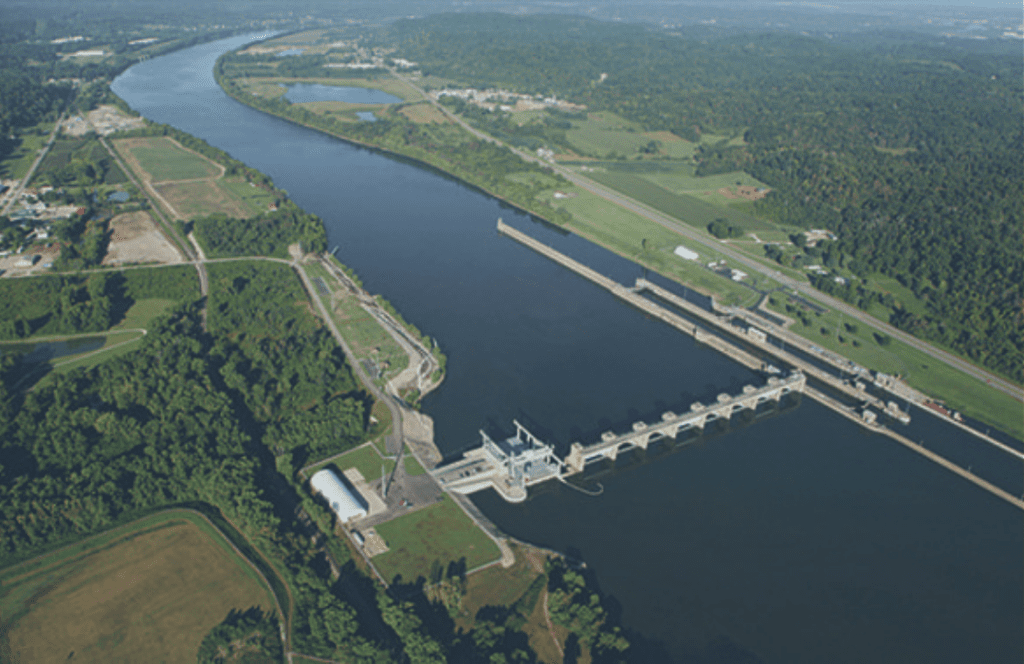Adding an electric power component to an existing dam already impounding water for irrigation, water supply, and/or recreation has significant potential to increase the U.S.’s clean energy capacity and lower its carbon footprint with minimal environmental impacts.
Despite these facts, investors are still hesitant to finance these types of investments.
Why?
That is the question I sought to answer in the spring of 2021 as a research fellow with the National Hydropower Association (NHA).
What I concluded is that investors lack awareness and insight on the favorable returns and economics available from development of new hydro at existing dams. This is due to a lack of projects taking place during the past decade and a respective lack of financial literature on this sector.
Even though it can take up to a decade to generate a return on investment, hydropower provides safe and consistent revenue generation for developers and investors throughout its asset life at costs lower than that of other renewable energy technologies. If smaller hydropower projects can overcome these time risks and access the same traditional low-cost financing sources as its larger counterparts, development of new hydro at existing dams can accelerate and become a significant market for clean energy.
More details can be found in the report, Project Financing of New Hydropower Development at Existing Non-Powered Dams, available in the Waterpower Resource Library on www.hydro.org.

THE DEEP DIVE
Growth in adding powerhouses to existing “non-powered” dams has been relatively modest, even with lower capital costs and technological complexities compared to greenfield dam construction. In the U.S., there are more than 80,000 dams – only 3% of those contain an electric power component. Many of these existing dams are located near highly populated centers along the Mississippi River and its tributaries. Adding new hydropower capacity to these structures could spur local economic development, diversify power portfolios and provide much-needed investment into the U.S.’s aging infrastructure.
Yet, investors face significant barriers to investments, owing to a lengthy licensing process, complex regulatory approvals, prolonged development timelines stemming from regulatory uncertainties, and a general of lack of literature on providing financing for adding hydropower to existing dams.
Project owners need to obtain a Federal Energy Regulatory Commission (FERC)-issued license as well as additional approvals from state, municipal and environmental authorities. These licenses and approvals can take over a decade to secure and timelines are often undefined. Such a protracted and uncertain regulatory process hampers investment by increasing development and implementation risks while driving up project costs.
Licensing and permitting costs can be as much as 25-30% of the overall project cost and can delay revenue source and returns on investment for several years. Investors often turn to other renewable energy assets with shorter, more certain timelines for commercialization and timelier returns.
These uncertainties, coupled by the ever-present risk of project delays, make it extremely difficult for project developers to obtain power purchase agreements (PPAs) with potential off-takers. PPAs provide investors with predictable income streams to value their investments and improve the projects’ overall bankability. Failure to obtain a PPA inhibits the developer’s ability to obtain low-cost project financing, which, in turn, can terminate the entire project.
My research consisted of examining project financing trends, market drivers and challenges facing the effort to add hydroelectric generating components to existing dams across the United States.
Specifically, I chose 15 specific projects and, for each, analyzed the available funding, stakeholders, PPAs, off-takers, barriers to investment, and risks for each development.
For each project, I conducted in-depth interviews with leading developers as well as completed a comprehensive review of financial literature, credit research reports, industry reports and regulatory filings to determine key trends and tribulations facing this relatively unexplored sector of hydropower.
Case studies of the 15 projects are outlined in the report: Project Financing of New Hydropower Development at Existing Non-Powered Dams.
‘SHOW ME THE MONEY’
The projects I examined accessed varying available sources for financing, including:
- Public bond issuances that can be marketed to a variety of fixed-income institutional investors, such as banks and pension funds
- High-cost financing via private equity sponsors and non-recourse loan providers
- Corporate balance sheets
- Grants and non–refundable tax credits provided by federal and state governments, such as production tax credits (PTCs) or investment tax credits (ITCs).
Large-scale creditworthy public utility developers such as Missouri River Energy Services and American Municipal Power accessed low-cost public debt markets to finance their projects with impressive results. Both developers leveraged their strong credit ratings and public demand for issued bonds to refinance and realize significant interest savings.
Other developers such as Canadian-based investment firms Fiera Infrastructure and Brookfield Renewables utilized their expertise gained from prior infrastructure and renewable energy financing transactions to attract low-cost private debt for their respective projects.
Smaller, private equity–sponsored developers faced varying degrees of success in securing financing for their projects. Eagle Creek Renewables received strong local support in the form of grants, Vermont’s feed-in tariff program and PPA facilitation to develop its Blue Heron and Mahoning Creek projects.
Rye Development received a milestone $800 million investment commitment from Climate Adaptive Infrastructure, a renewable energy-focused infrastructure investment firm, to develop its portfolio of 22 projects.
On the other hand, Hydro Green Energy has lingered in “development limbo” for its Braddock project for several years due to struggles in negotiating low-cost debt and equity financing.
WHAT’S NEXT?
How to Improve Project Economics and Get Adequate Financing
From my research, I’ve identified several actions – admittedly not necessarily novel, but nonetheless critical – that both developers and federal, state and local authorities can take that would lead to better financing outcomes.
Project developers can:
- Cluster small projects into a single portfolio to achieve economies of scale and improve bankability for low-cost financing.
- Strategically position these portfolios in locations near potential off-takers and consumers interested in clean energy.
- Disclose investment details in the form of financial literature to increase investor awareness of this traditionally underserved sector.
Federal, state and local authorities can:
- Adopt policies that focus on modernizing and streamlining the hydro project licensing and permitting process.
- Expand/extend current tax credits on renewable energy development.
- Invest in modernizing existing dam infrastructure.
- Preserve tax-advantaged and subsidized financial instruments used for project finance.
- Introduce green banks to add depth to existing green project financing markets.
By executing these strategies and capitalizing on recent interest from institutional and retail investors in the public debt markets as well as leading infrastructure investment firms such as Brookfield Renewable and Climate Adaptive Infrastructure, new hydropower developments at existing dams can eventually (and successfully) compete against other low-carbon development projects to secure adequate project financing and reach full market potential.









